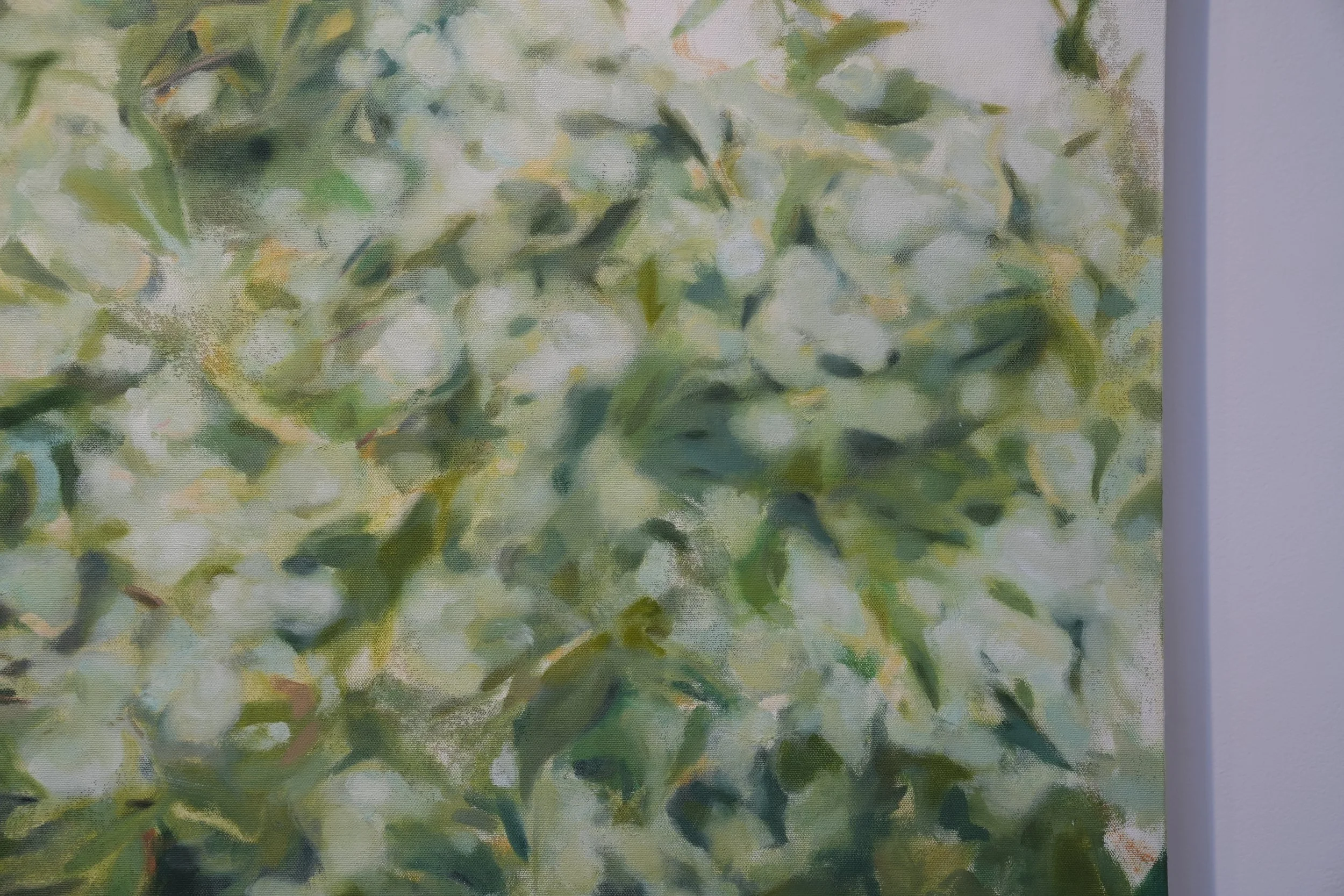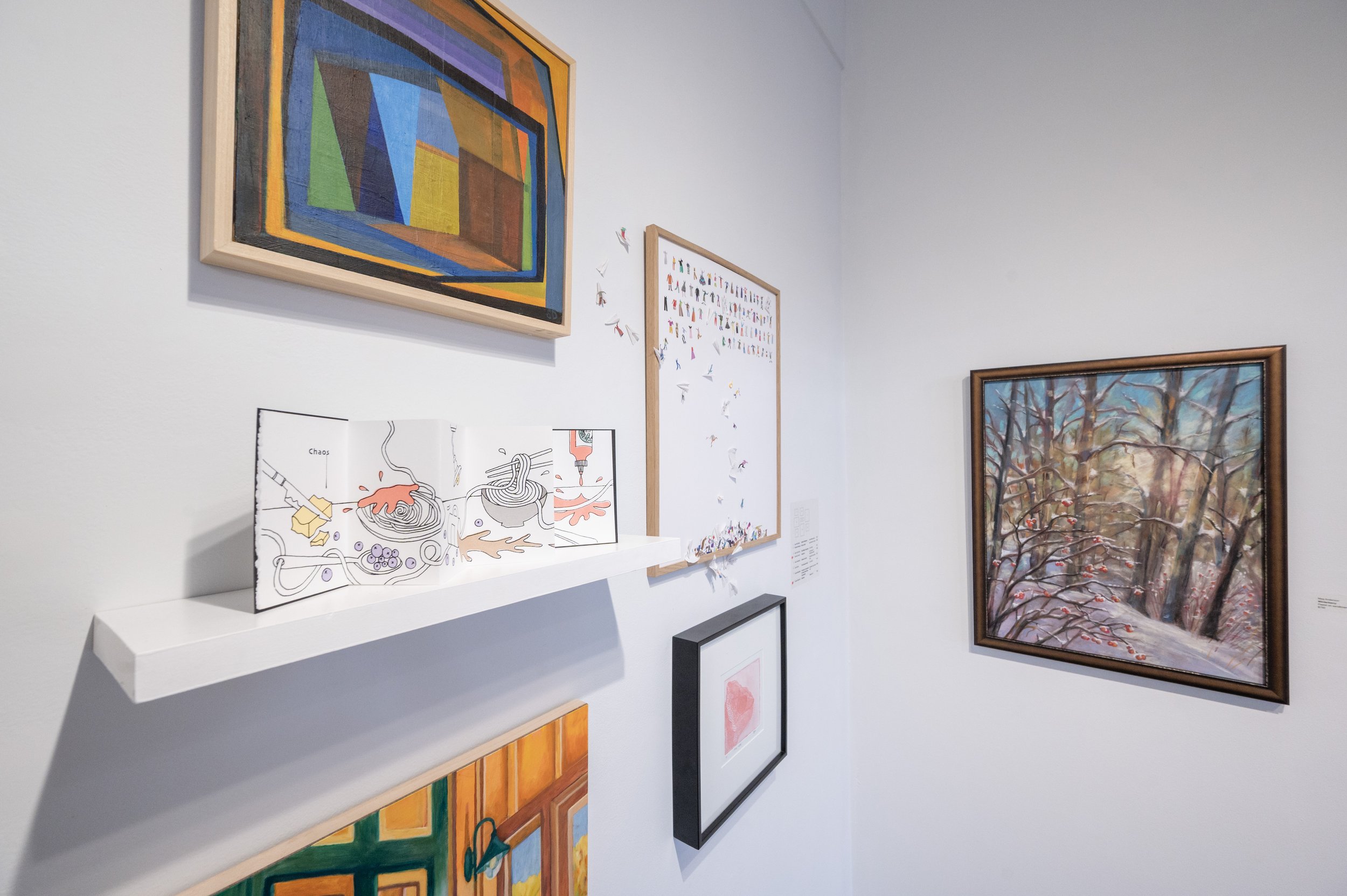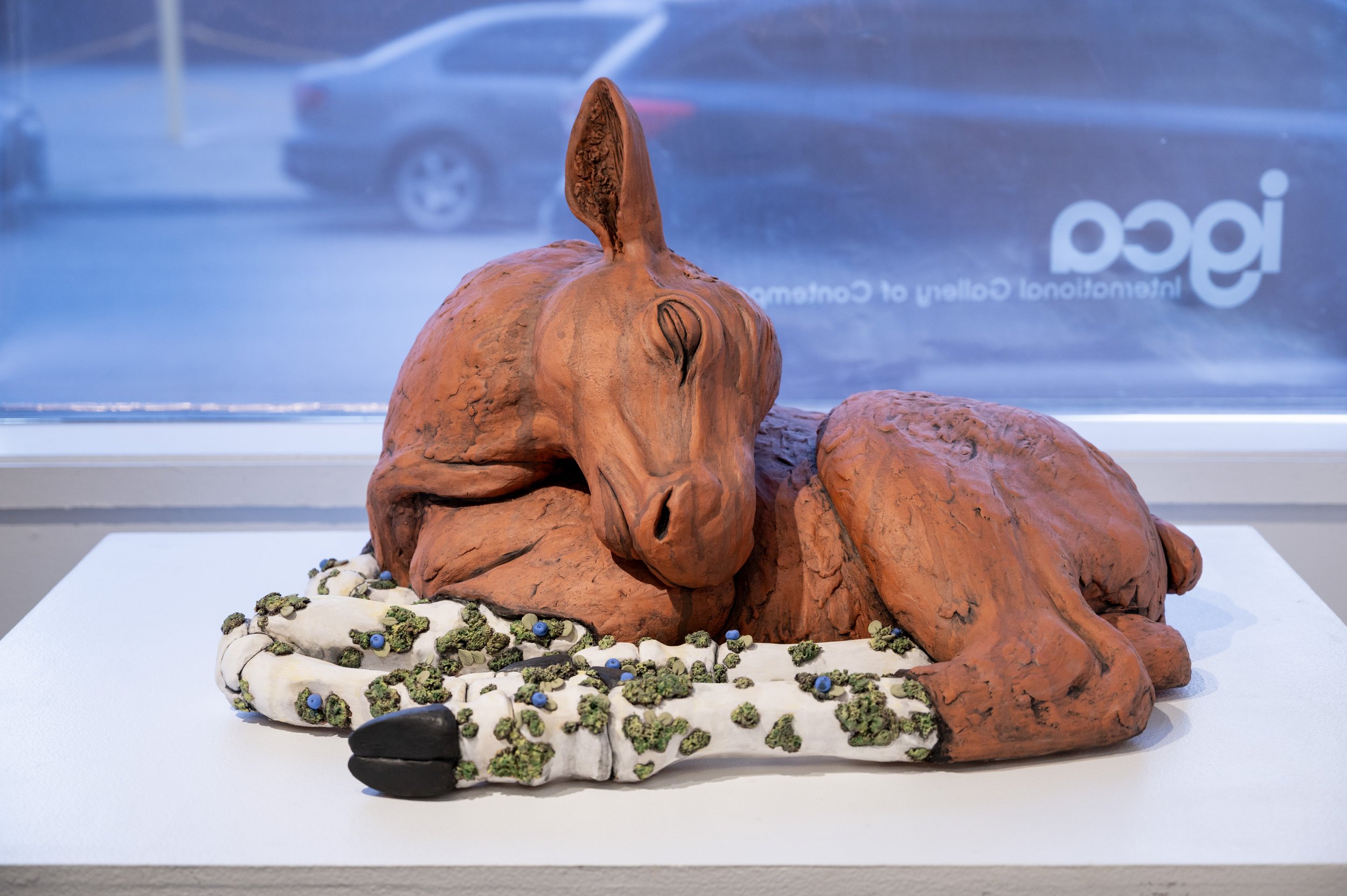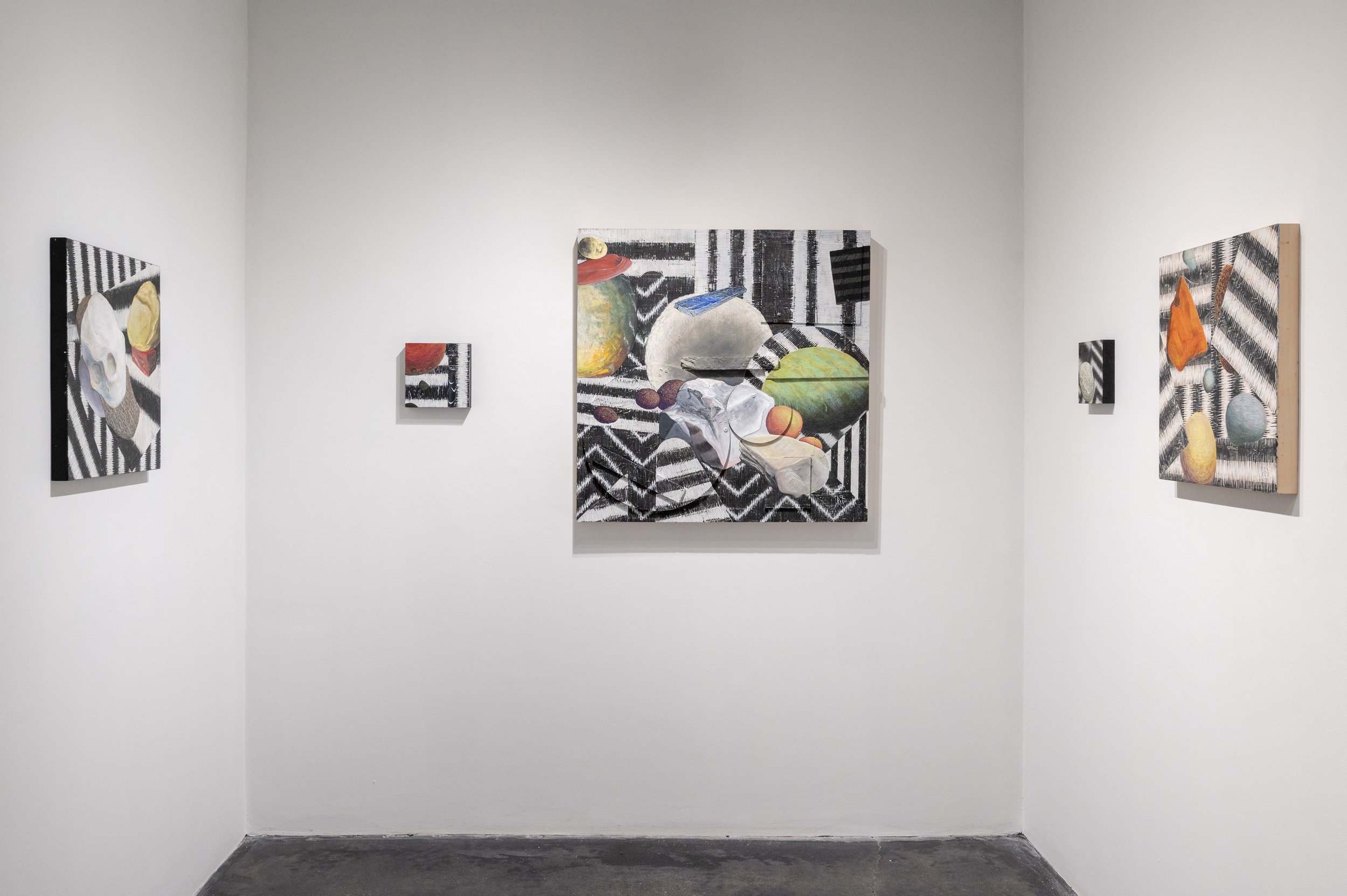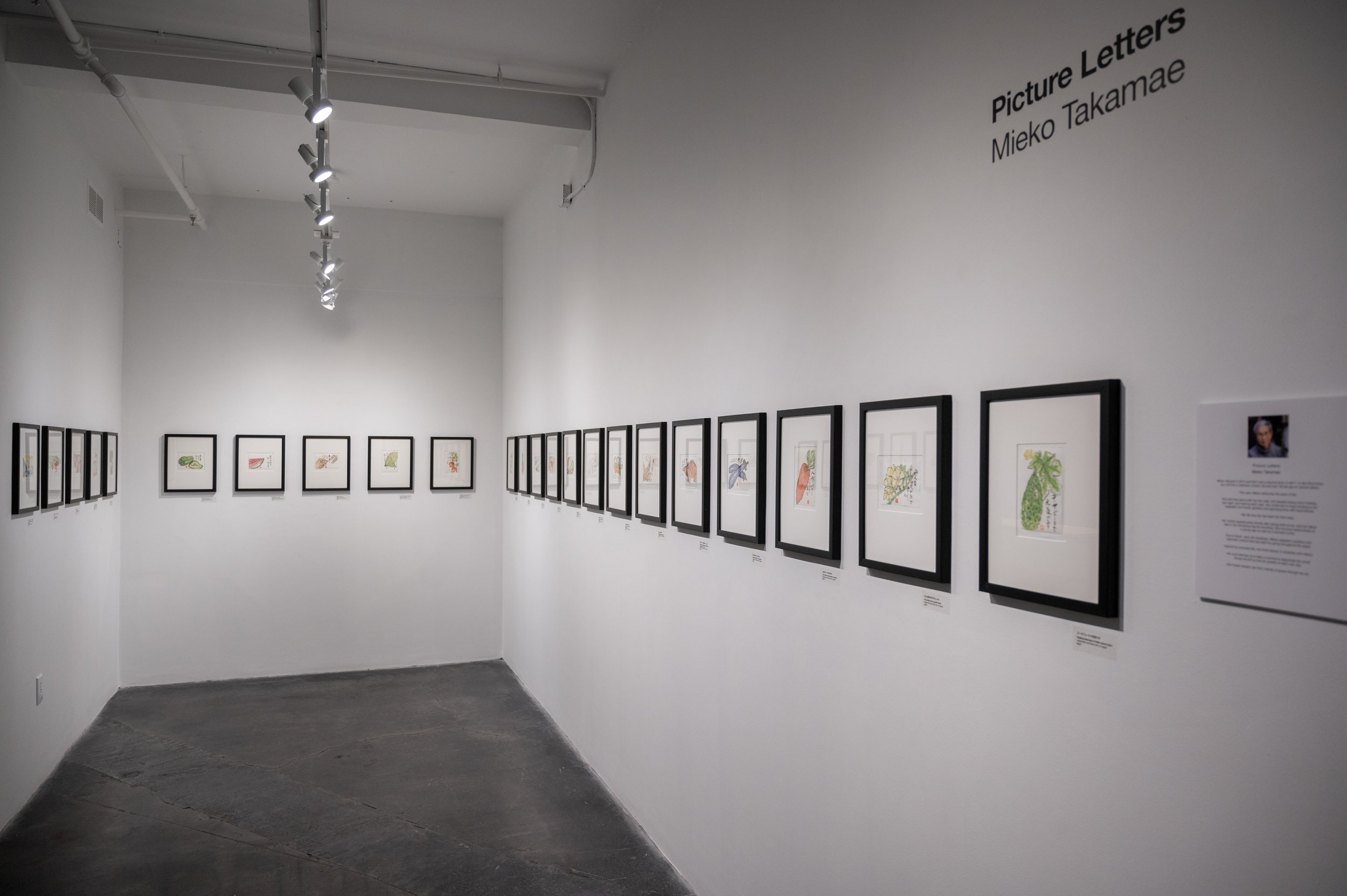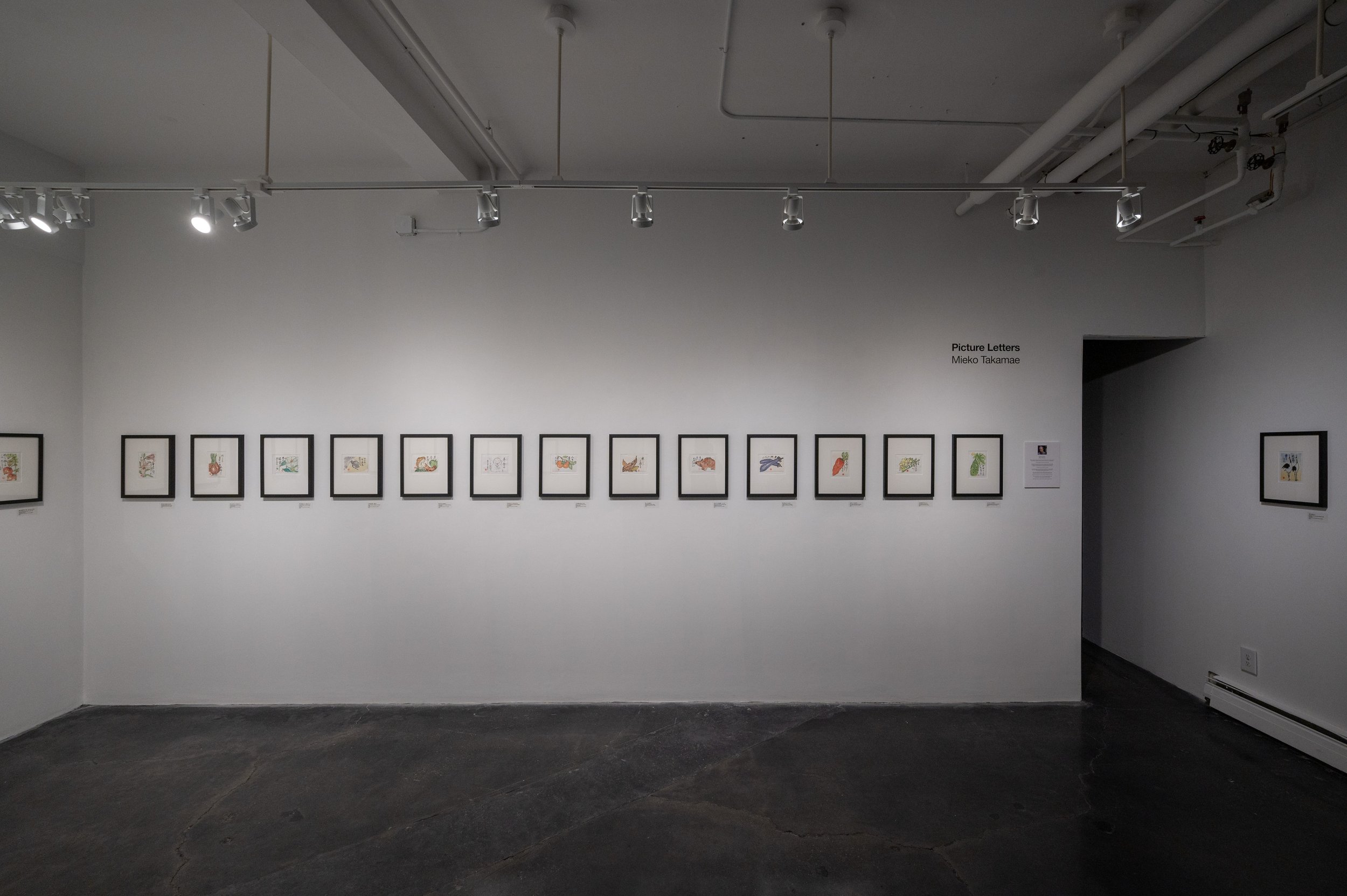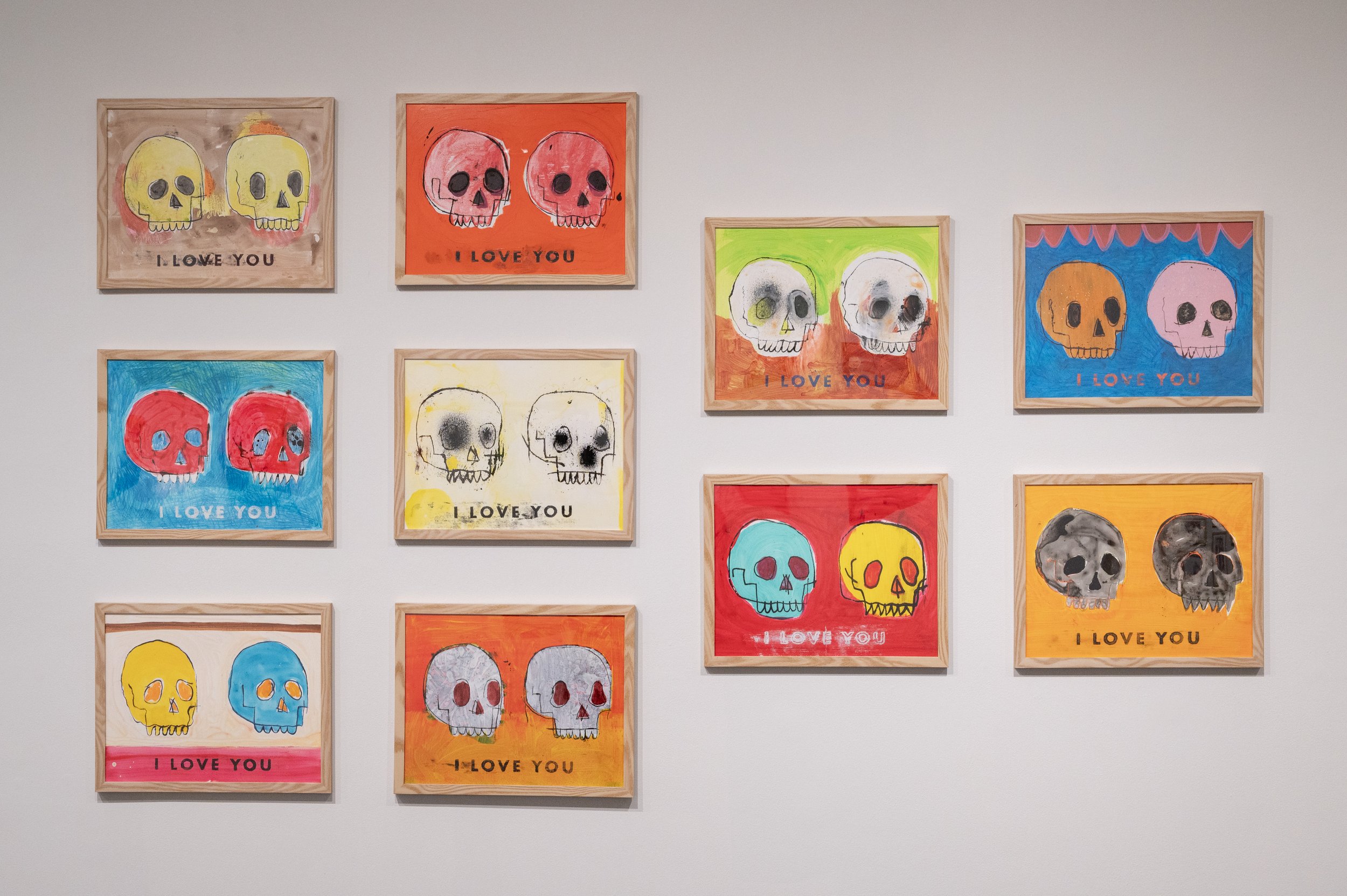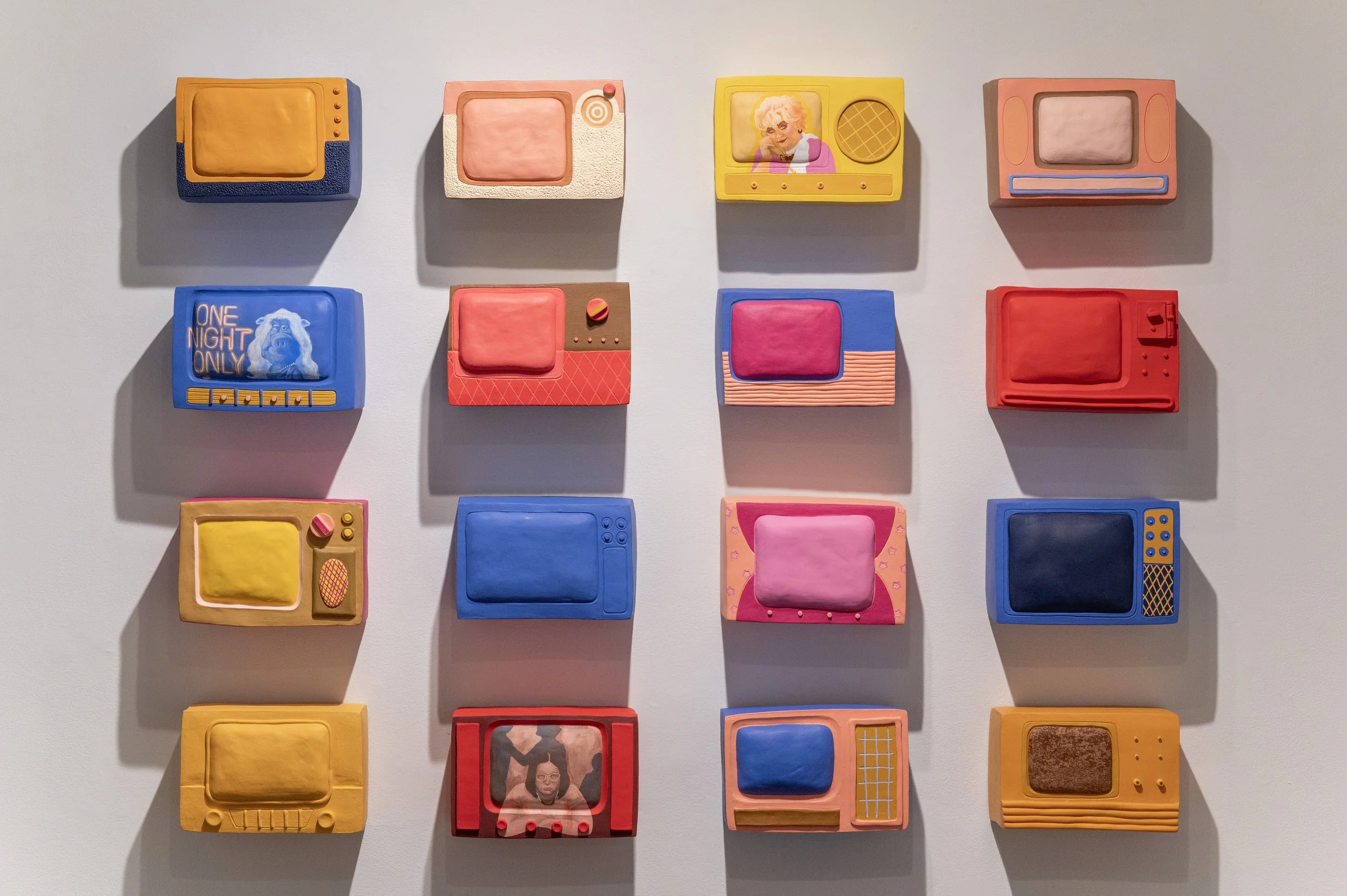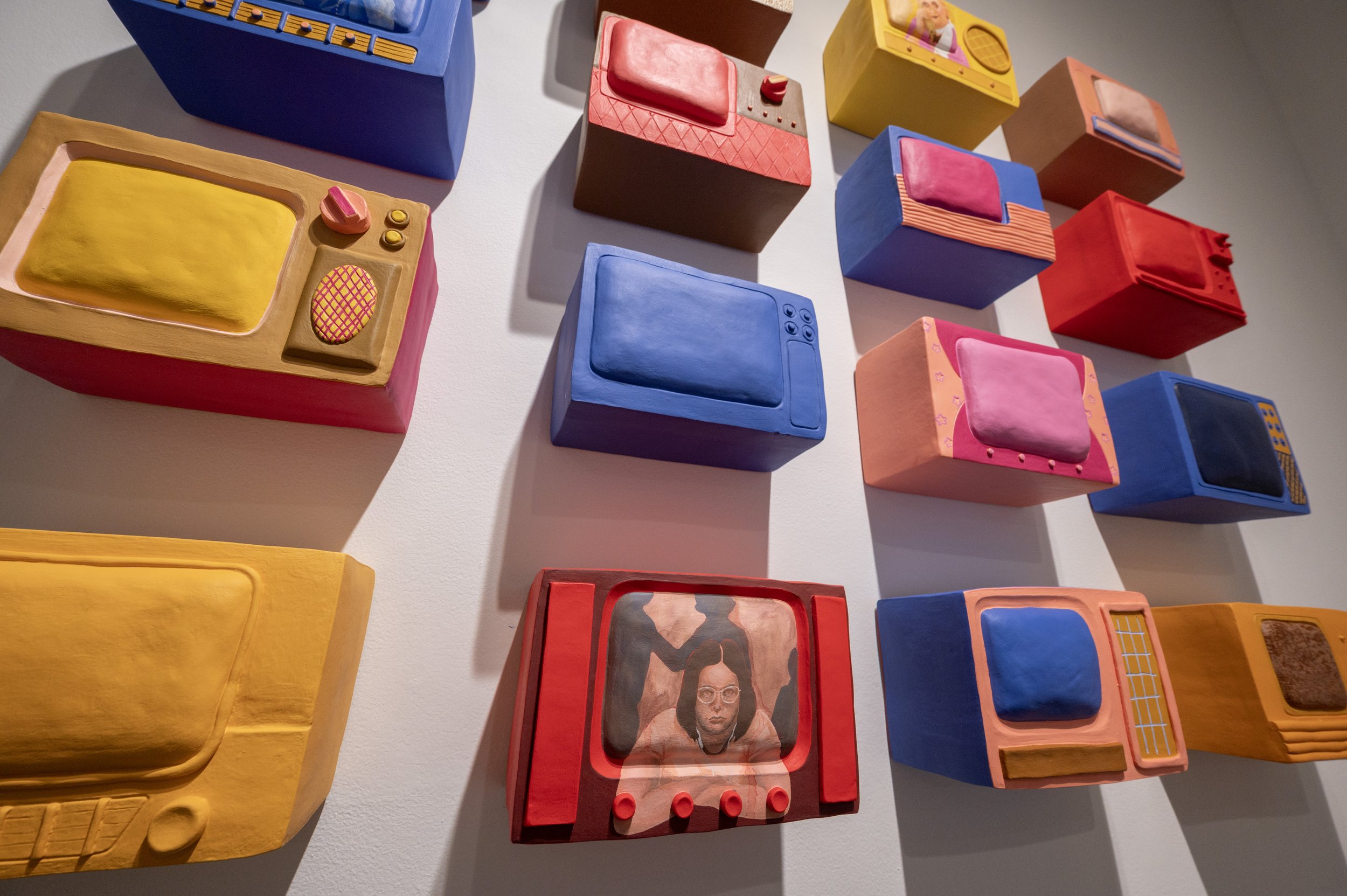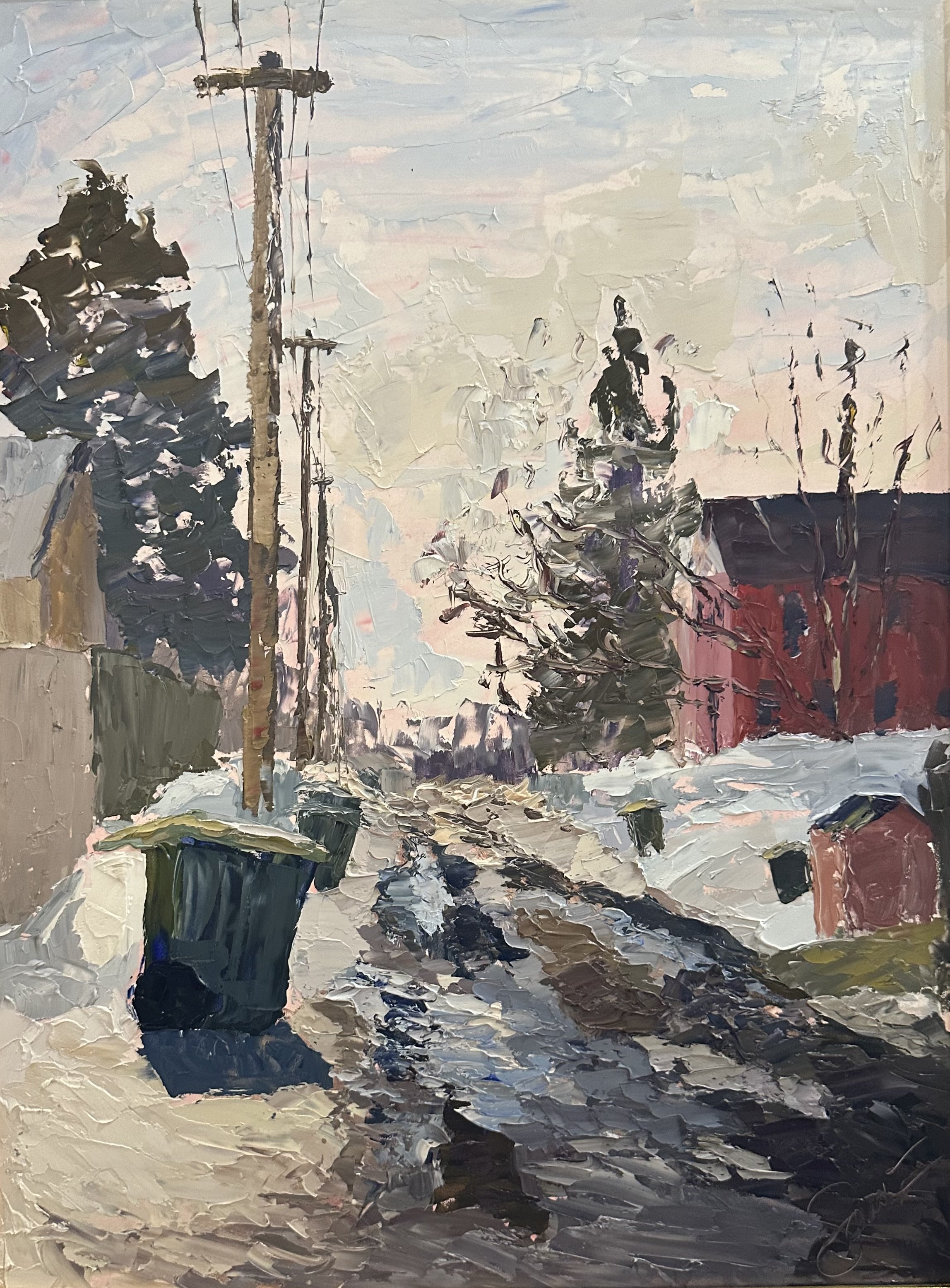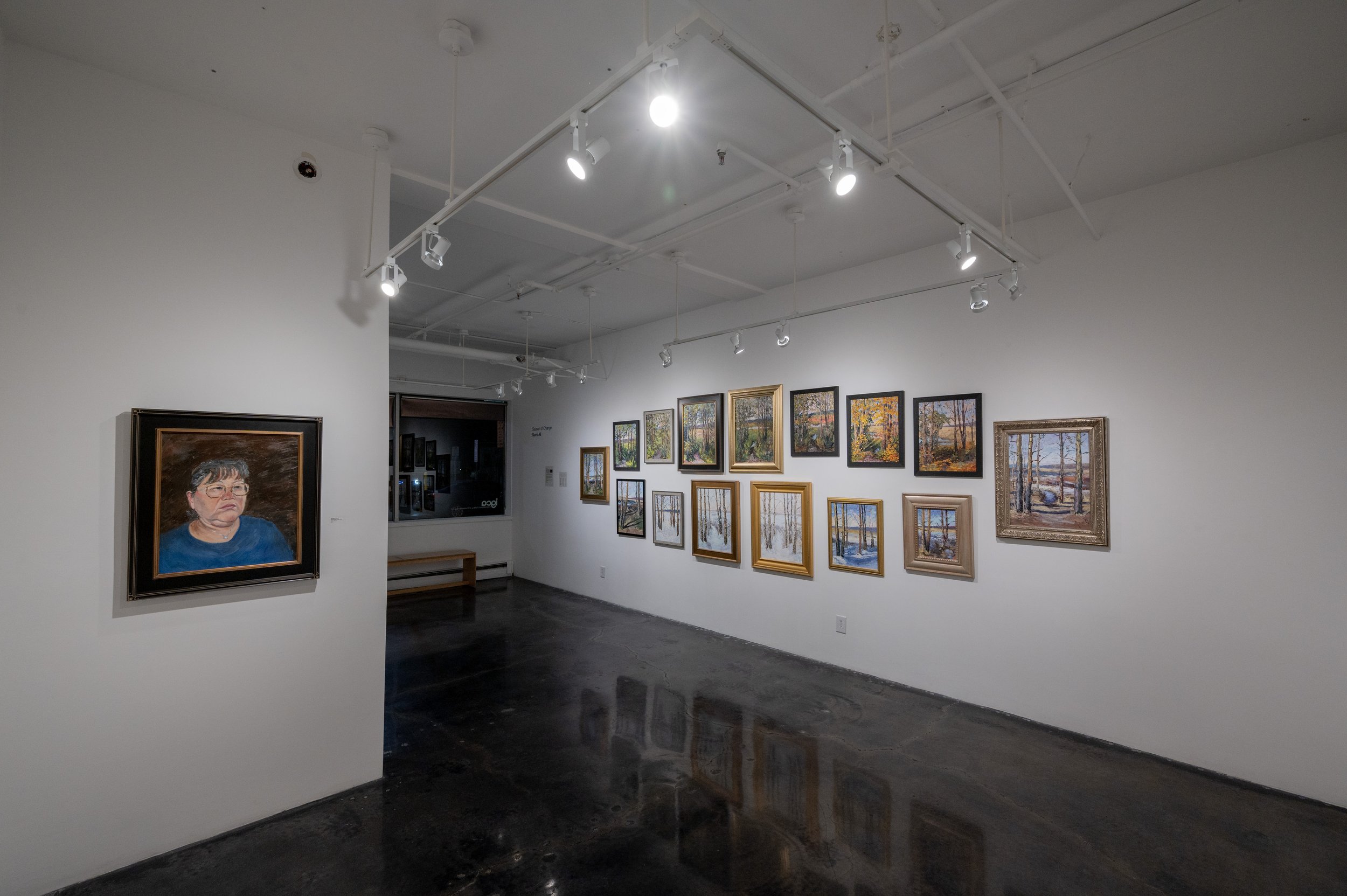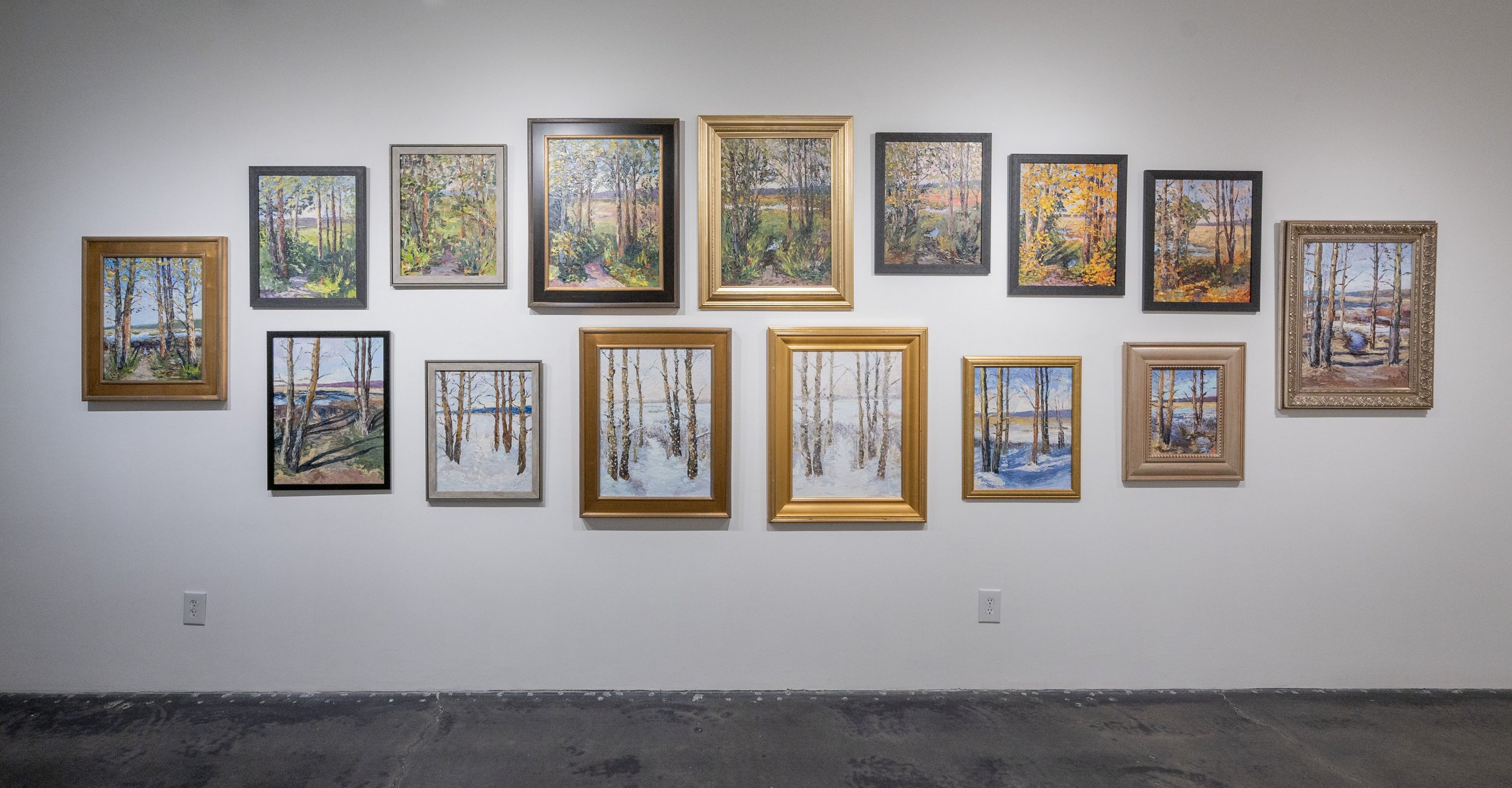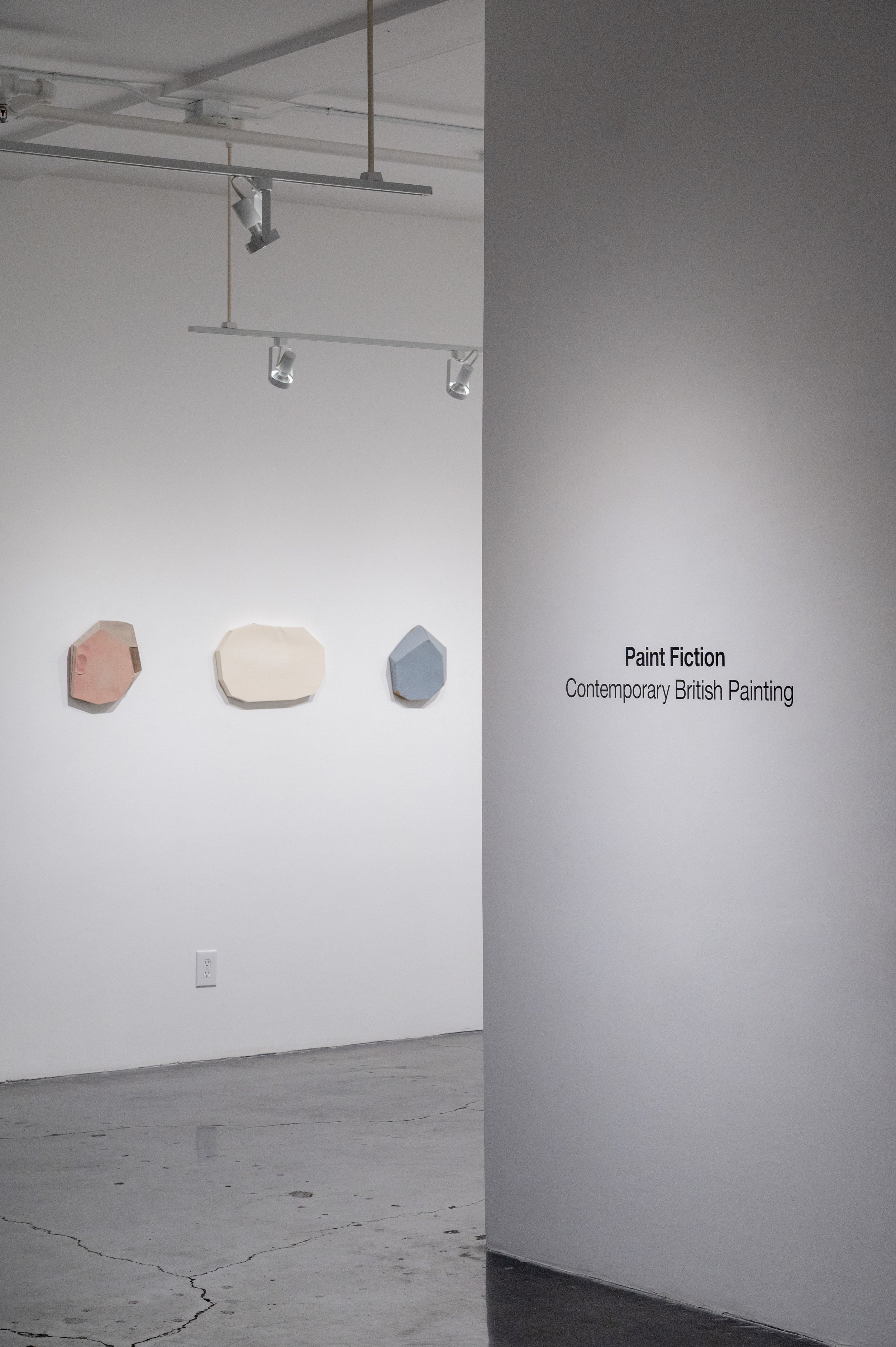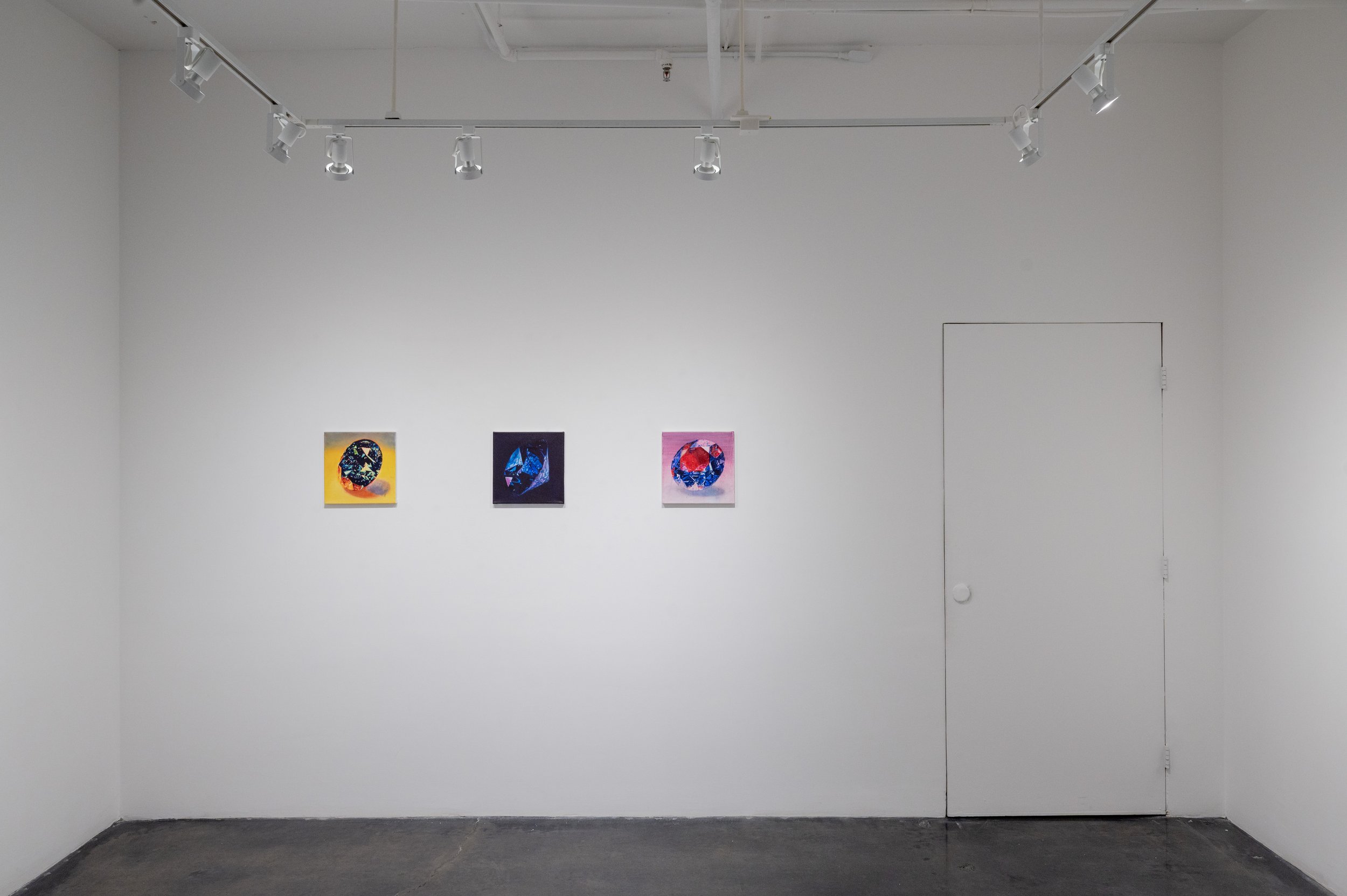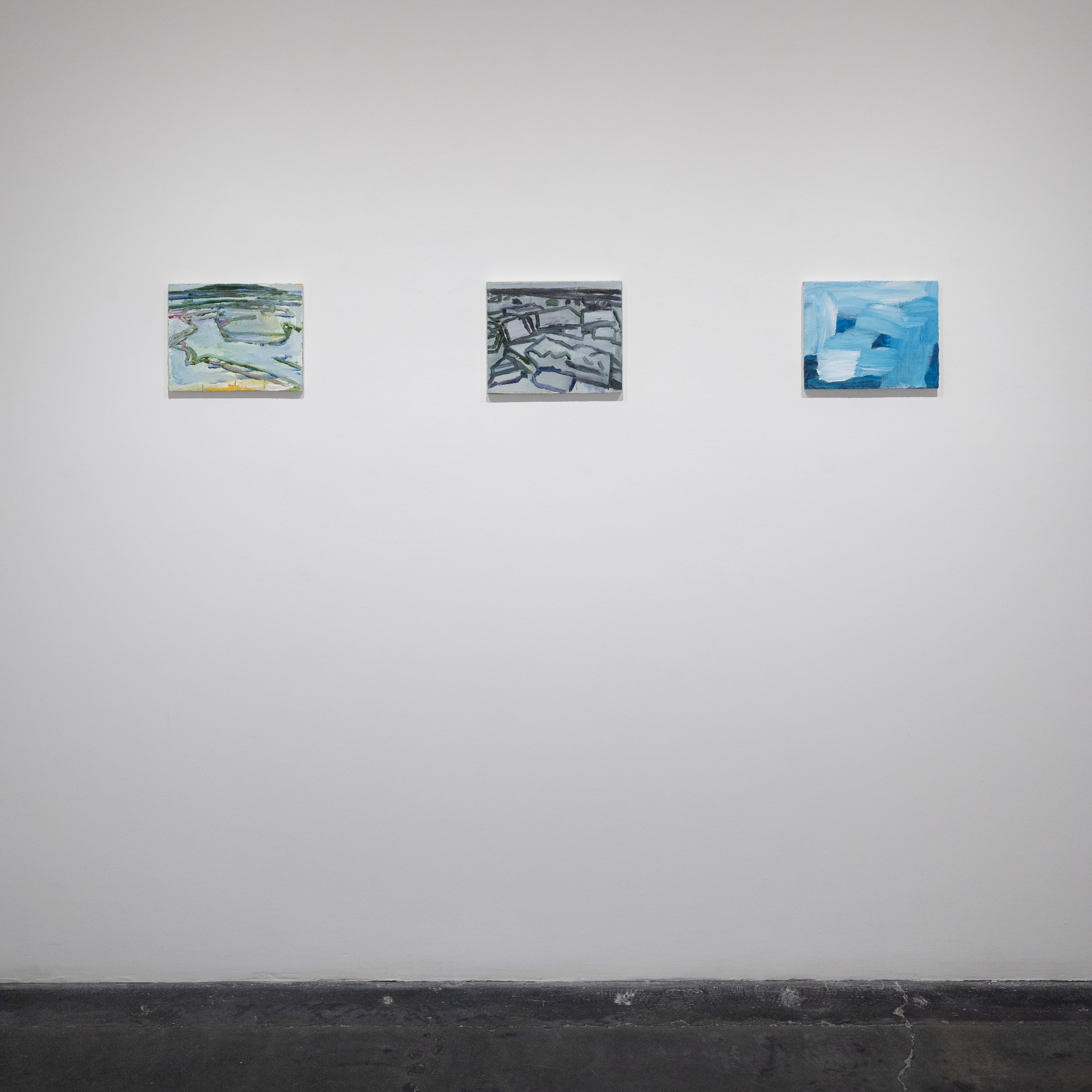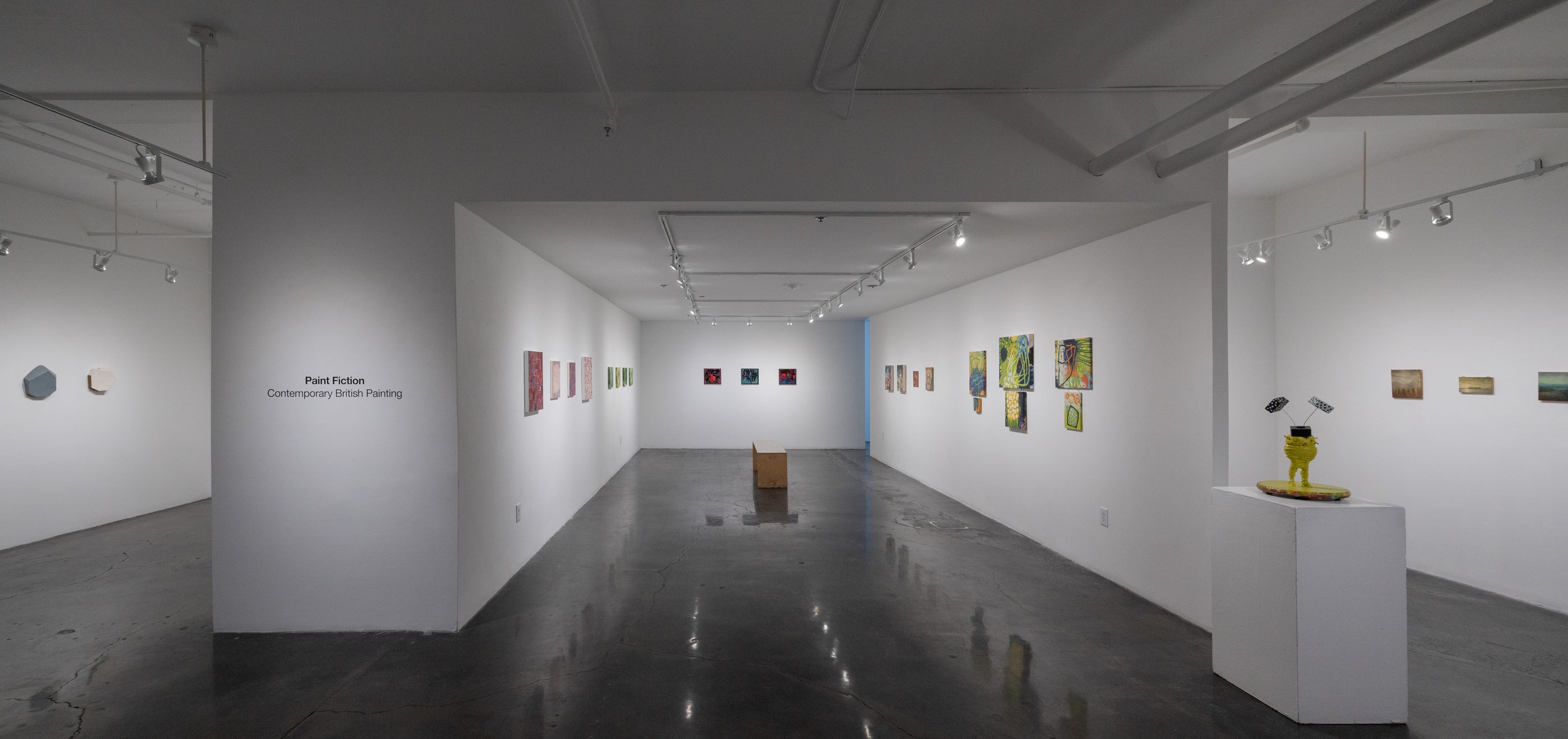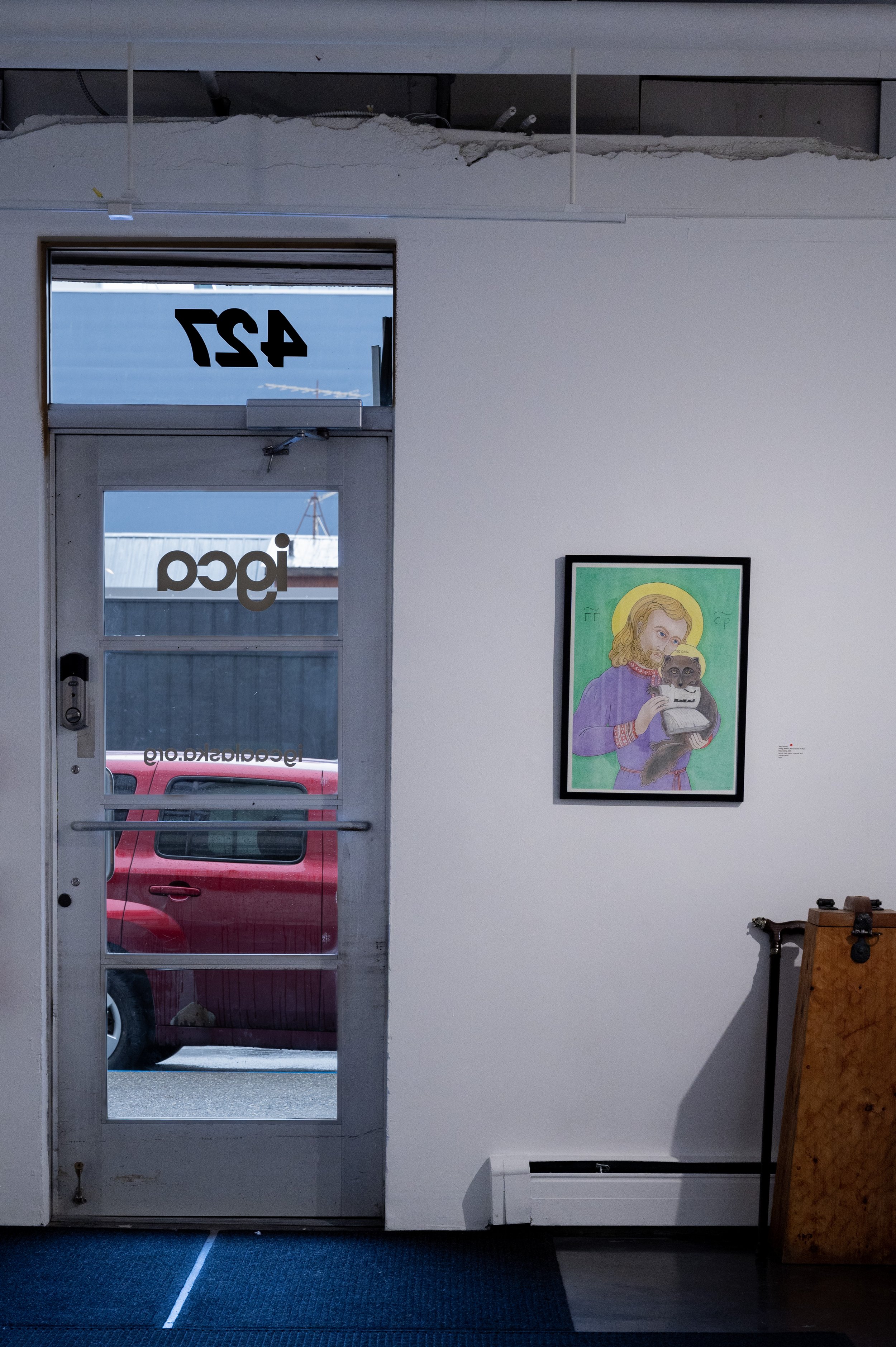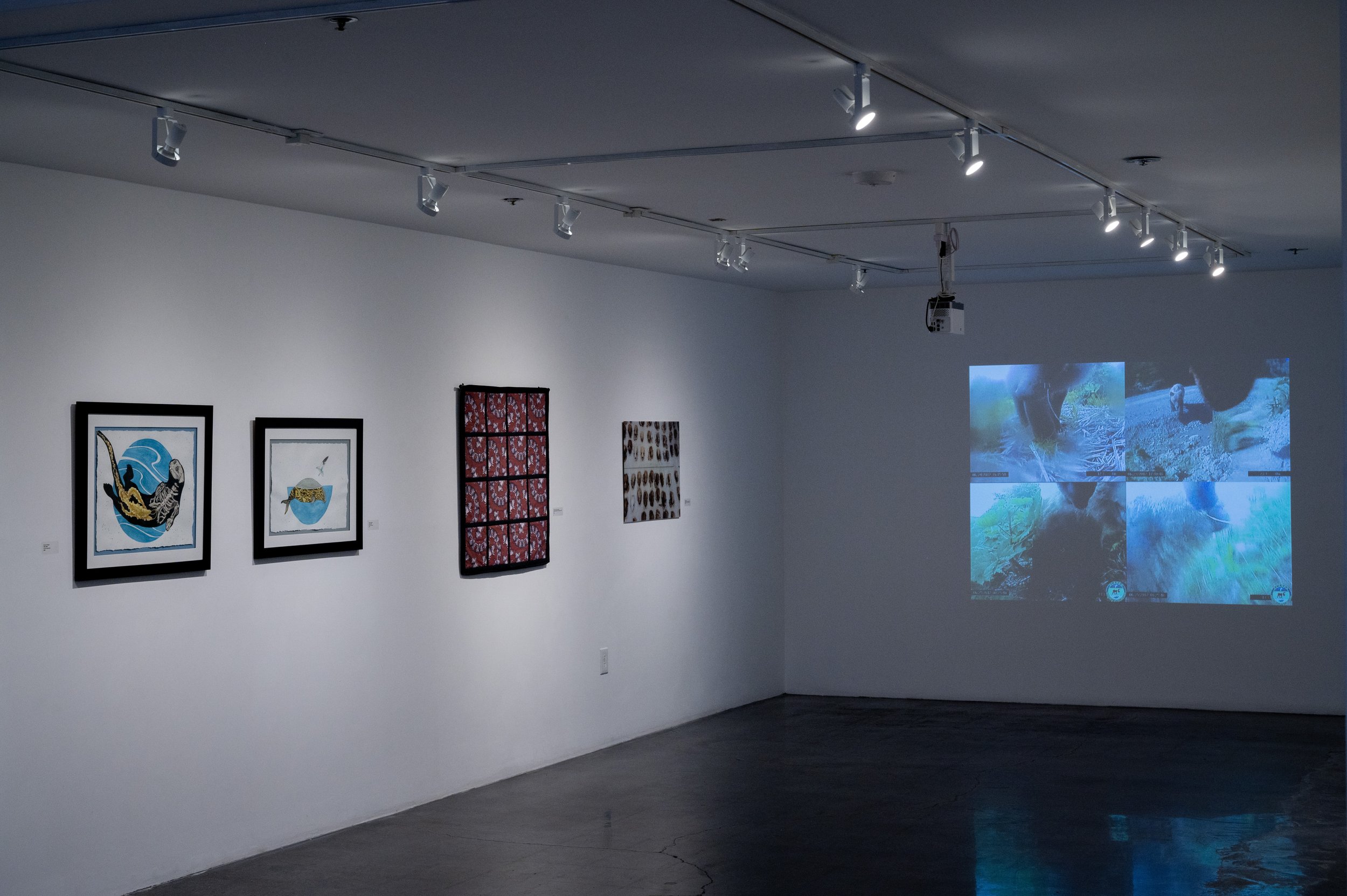JULY 2025
SOUTH GALLERY
Fool's Paradise | Sally Carr
When you look at the past, the lost, what do you see?
Connection, it is a breath. It is a slowness.
A crab apple tree outside my window seemed to have more knowledge than I ever could dream to hold. Seemed to possess secrets of the world in a cyclical and literal sense. I yearned for its awareness of silence. It merely asked a few things of me, but I wasn’t aware enough to listen. I admired, appreciated, loved, and yet still didn’t hear the requests.
Growing complacent from its fruit, a child is one that takes without considering how to repay. How many times must this happen before you recognize your own imprecision.
Can one continue to maintain care in retrospect, or does it reshape into something more selfish. A search for silence, or maybe forgiveness. An empty gesture.
Photographs by Hans Hallinen

